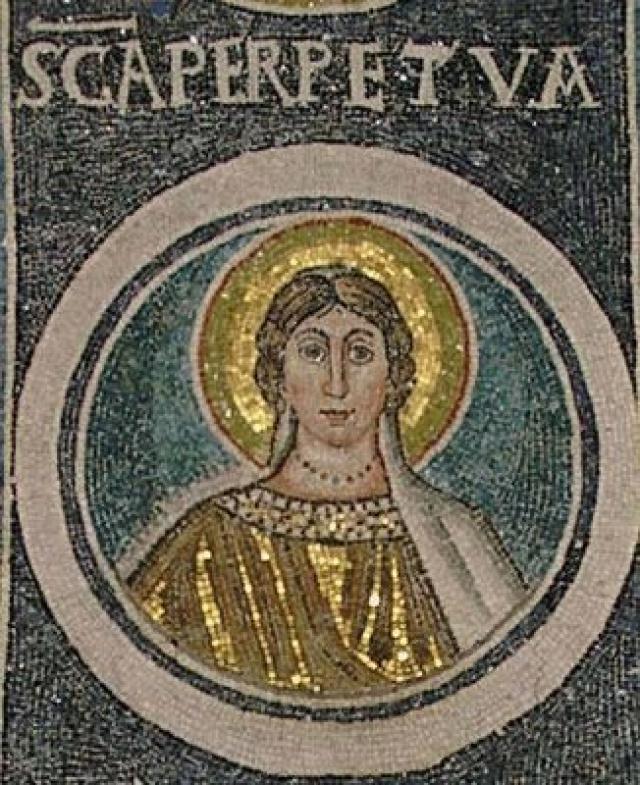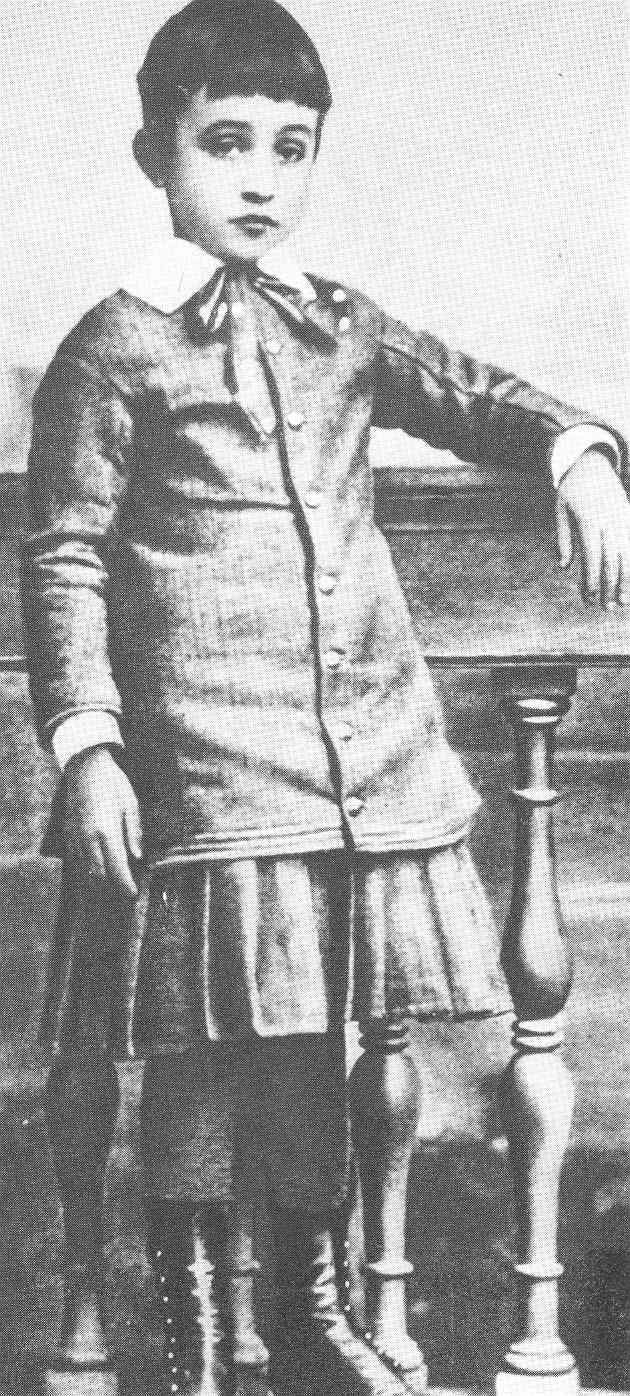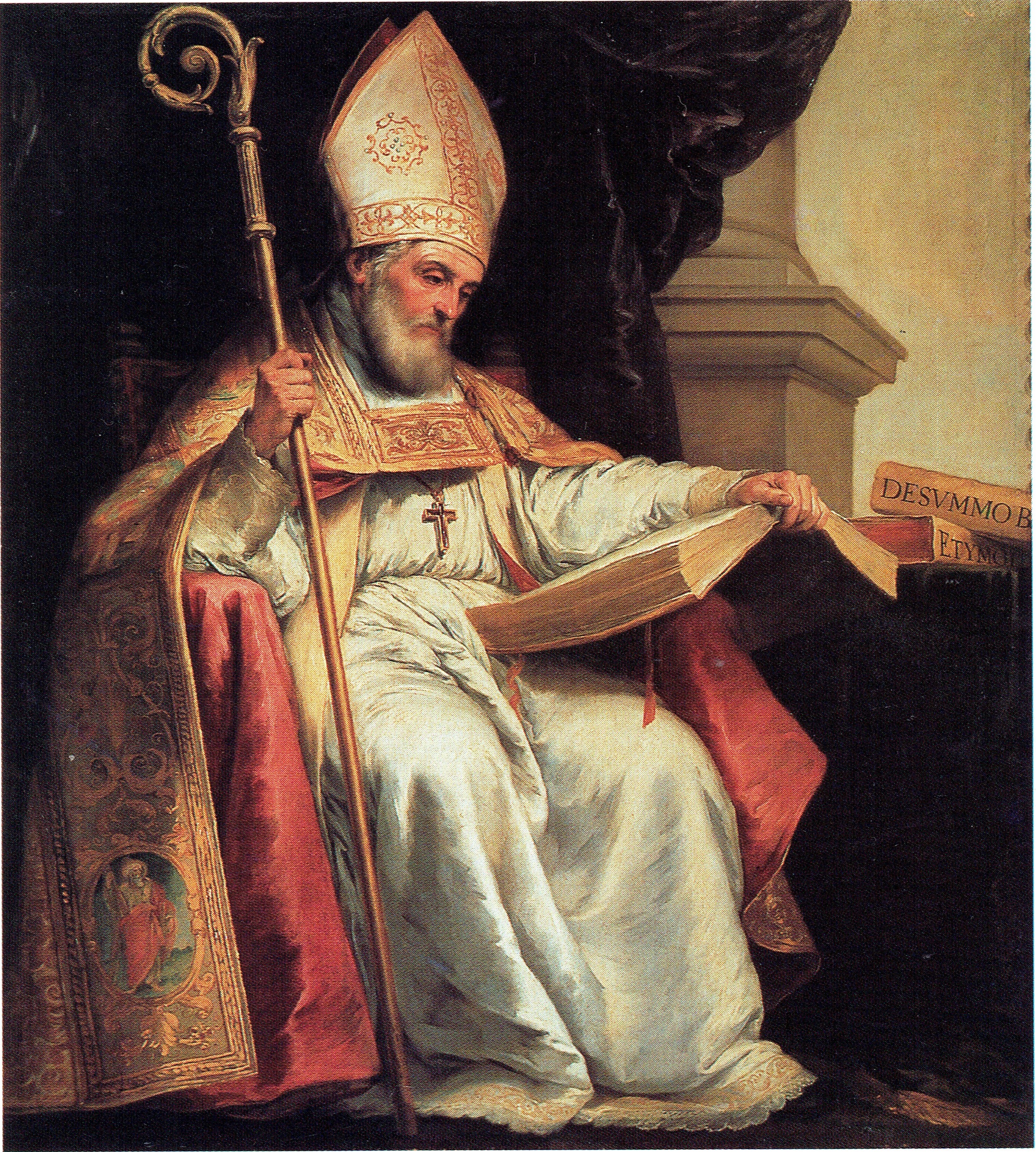|
Feast Day
The calendar of saints is the traditional Christian method of organizing a liturgical year by associating each day with one or more saints and referring to the day as the feast day or feast of said saint. The word "feast" in this context does not mean "a large meal, typically a celebratory one", but instead "an annual religious celebration, a day dedicated to a particular saint". The system rose from the early Christian custom of commemorating each martyr annually on the date of their death, their birth into heaven, a date therefore referred to in Latin as the martyr's ''dies natalis'' ('day of birth'). In the Eastern Orthodox Church, a calendar of saints is called a ''Menologion''. "Menologion" may also mean a set of icons on which saints are depicted in the order of the dates of their feasts, often made in two panels. History As the number of recognized saints increased during Late Antiquity and the first half of the Middle Ages, eventually every day of the year had at l ... [...More Info...] [...Related Items...] OR: [Wikipedia] [Google] [Baidu] |
Nestorius
Nestorius of Constantinople (; ; ) was an early Christian prelate who served as Archbishop of Constantinople from 10 April 428 to 11 July 431. A Christian theologian from the Catechetical School of Antioch, several of his teachings in the fields of Christology and Mariology were seen as controversial, heretical and caused major disputes. In 431, he was condemned and deposed from his see by the Council of Ephesus, presided over by his archrival Cyril of Alexandria, but the counter-council led by John I of Antioch vindicated him and deposed Cyril in return. Nestorius refrained from attending both of these councils and instead sought retirement from the Byzantine Emperor. Nestorius himself used the title Theotokos and did not advocate for its ban. His teachings included cautious usage of '' Theotokos'' ("God-Bearer"), used for Mary, mother of Jesus, in order that Christ's human and divine natures not be confused, as he believed Christ was born according to his humanity and ... [...More Info...] [...Related Items...] OR: [Wikipedia] [Google] [Baidu] |
Perpetua And Felicity
Perpetua and Felicity (; – ) were Christian martyrs of the third century. Vibia Perpetua was a recently married, well-educated noblewoman, said to have been 22 years old at the time of her death, and mother of an infant son she was nursing. Felicity, a slave woman imprisoned with her and pregnant at the time, was martyred with her. They were put to death along with others at Carthage in the Roman province of Africa. The '' Passion of Saints Perpetua and Felicity'' narrates their death. According to this text, five people were arrested and executed in military games to celebrate emperor Septimius Severus's birthday. Along with Felicity and Perpetua, these included two free men, Saturninus and Secundulus, and an enslaved man named Revocatus; all were catechumens (Christians being instructed in the faith but not yet baptized.) To this group of five was added a sixth, Saturus, who voluntarily went before the magistrate and proclaimed himself a Christian. Perpetua's firs ... [...More Info...] [...Related Items...] OR: [Wikipedia] [Google] [Baidu] |
Martin Of Tours
Martin of Tours (; 316/3368 November 397) was the third bishop of Tours. He is the patron saint of many communities and organizations across Europe, including France's Third French Republic, Third Republic. A native of Pannonia (present-day Hungary), he converted to Christianity at a young age. He served in the Roman cavalry in Roman Gaul, Gaul, but left military service prior to 361, when he became a disciple of Hilary of Poitiers, establishing the Ligugé Abbey, monastery at Ligugé. He was consecrated as Bishop of Caesarodunum (Tours) in 371. As bishop, he was active in the suppression of the remnants of Gallo-Roman religion. The contemporary hagiographer Sulpicius Severus wrote a ''Life of St. Martin''. He is best known for the account of his using his sword to cut his cloak in two, to give half to a beggar clad only in rags in winter. His Basilica of Saint Martin, Tours, shrine in Tours became an often-frequented stop for Camino de Santiago, pilgrims on the road to Santiago ... [...More Info...] [...Related Items...] OR: [Wikipedia] [Google] [Baidu] |
Pope Pius XII
Pope Pius XII (; born Eugenio Maria Giuseppe Giovanni Pacelli; 2 March 18769 October 1958) was the head of the Catholic Church and sovereign of the Vatican City State from 2 March 1939 until his death on 9 October 1958. He is the most recent pope to take the Papal name, pontifical name "Pius". The papacy of Pius XII was long, even by modern standards; it lasted almost 20 years, and spanned a consequential fifth of the 20th century. Pius was a diplomat pope during the destruction wrought by the Second World War, Aftermath of World War II, the recovery and rebuilding which followed, the beginning of the Cold War, and the early building of a new International order, international geopolitical order, which aimed to protect human rights and maintain global peace through the establishment of international rules and institutions (such as the United Nations). Born, raised, educated, ordained, and resident for most of his life in Rome, his work in the Roman Curia—as a priest, then Bi ... [...More Info...] [...Related Items...] OR: [Wikipedia] [Google] [Baidu] |
Thomas Aquinas
Thomas Aquinas ( ; ; – 7 March 1274) was an Italian Dominican Order, Dominican friar and Catholic priest, priest, the foremost Scholasticism, Scholastic thinker, as well as one of the most influential philosophers and theologians in the Western tradition. A Doctor of the Church, he was from the county of Aquino, Italy, Aquino in the Kingdom of Sicily. Thomas was a proponent of natural theology and the father of a school of thought (encompassing both theology and philosophy) known as Thomism. Central to his thought was the doctrine of natural law, which he argued was accessible to Reason, human reason and grounded in the very nature of human beings, providing a basis for understanding individual rights and Moral duty, moral duties. He argued that God is the source of the light of natural reason and the light of faith. He embraced several ideas put forward by Aristotle and attempted to synthesize Aristotelianism, Aristotelian philosophy with the principles of Christianity. A ... [...More Info...] [...Related Items...] OR: [Wikipedia] [Google] [Baidu] |
Monk
A monk (; from , ''monachos'', "single, solitary" via Latin ) is a man who is a member of a religious order and lives in a monastery. A monk usually lives his life in prayer and contemplation. The concept is ancient and can be seen in many religions and in philosophy across numerous cultures. The Greek word for "monk" may be applied to men or women. In English, however, "monk" is applied mainly to men, while ''nun'' is typically used for female monastics. Although the term ''monachos'' is of Christianity, Christian origin, in the English language ''monk'' tends to be used loosely also for both male and female ascetics from other religious or philosophical backgrounds. However, being generic, it is not interchangeable with terms that denote particular kinds of monk, such as cenobite, hermit, anchorite, or Hesychasm, hesychast. Traditions of Christian monasticism exist in major Christian denominations, with religious orders being present in Catholicism, Lutheranism, Oriental Ort ... [...More Info...] [...Related Items...] OR: [Wikipedia] [Google] [Baidu] |
Priest
A priest is a religious leader authorized to perform the sacred rituals of a religion, especially as a mediatory agent between humans and one or more deity, deities. They also have the authority or power to administer religious rites; in particular, rites of sacrifice to, and propitiation of, a deity or deities. Their office or position is the "priesthood", a term which also may apply to such persons collectively. A priest may have the duty to hear confessions periodically, give marriage counseling, provide prenuptial counseling, give spiritual direction, teach catechism, or visit those confined indoors, such as the sick in hospitals and nursing homes. Description According to the trifunctional hypothesis of prehistoric Proto-Indo-European society, priests have existed since the earliest of times and in the simplest societies, most likely as a result of agricultural surplus#Neolithic, agricultural surplus and consequent social stratification. The necessity to read sacred text ... [...More Info...] [...Related Items...] OR: [Wikipedia] [Google] [Baidu] |
Abbot
Abbot is an ecclesiastical title given to the head of an independent monastery for men in various Western Christian traditions. The name is derived from ''abba'', the Aramaic form of the Hebrew ''ab'', and means "father". The female equivalent is abbess. Origins The title had its origin in the monasteries of Egypt and Syria, spread through the eastern Mediterranean, and soon became accepted generally in all languages as the designation of the head of a monastery. The word is derived from the Aramaic ' meaning "father" or ', meaning "my father" (it still has this meaning in contemporary Arabic: أب, Hebrew: אבא and Aramaic: ܐܒܐ) In the Septuagint, it was written as "abbas". At first it was employed as a respectful title for any monk, but it was soon restricted by canon law to certain priestly superiors. At times it was applied to various priests, e.g. at the court of the Frankish monarchy the ' ("of the palace"') and ' ("of the camp") were chaplains to the Merovingian ... [...More Info...] [...Related Items...] OR: [Wikipedia] [Google] [Baidu] |
Tridentine Mass
The Tridentine Mass, also known as the Extraordinary Form of the Roman Rite or ''usus antiquior'' (), Vetus Ordo or the Traditional Latin Mass (TLM) or the Traditional Rite, is the liturgy in the Roman Missal of the Catholic Church codified in 1570 and published thereafter with amendments up to 1962. Celebrated almost exclusively in Ecclesiastical Latin, it was the most widely used Eucharistic liturgy in the world from its issuance in 1570 until its replacement by the Mass of Paul VI promulgated in 1969 (with the revised Roman Missal appearing in 1970.) "Tridentine" is derived from the Latin ''Tridentinus'', "related to the city of Trent", where the Council of Trent was held at the height of the Counter-Reformation. In response to a decision of that council, Pope Pius V promulgated the 1570 Roman Missal, making it mandatory throughout the Latin Church, except in places and religious orders with rites or uses from before 1370. Permissions for celebrating the Tridentine Mass ... [...More Info...] [...Related Items...] OR: [Wikipedia] [Google] [Baidu] |
Doctor Of The Church
Doctor of the Church (Latin: ''doctor'' "teacher"), also referred to as Doctor of the Universal Church (Latin: ''Doctor Ecclesiae Universalis''), is a title given by the Catholic Church to saints recognized as having made a significant contribution to theology or doctrine through their research, study, or writing. , the Catholic Church has named 37 Doctors of the Church. Of these, the 18 who died before the East-West Schism, Great Schism of 1054 are also held in high esteem by the Eastern Orthodox Church, although it does not use the formal title ''Doctor of the Church''. Among the 37 recognised Doctors, 28 are from the West and nine from the East; four are women and thirty-three are men; one is an abbess, three are nuns, and one is a tertiary associated with a religious order; two are popes, 19 are bishops, twelve are priests, and one is a deacon; and 27 are from Europe, three are from Africa, and seven are from Asia. More Doctors (twelve) lived in the fourth century than any o ... [...More Info...] [...Related Items...] OR: [Wikipedia] [Google] [Baidu] |
Pastor
A pastor (abbreviated to "Ps","Pr", "Pstr.", "Ptr." or "Psa" (both singular), or "Ps" (plural)) is the leader of a Christianity, Christian congregation who also gives advice and counsel to people from the community or congregation. In Lutheranism, Catholicism, Eastern Orthodoxy, Oriental Orthodoxy and Anglicanism, pastors are always Ordination, ordained. In Methodism, pastors may be either License to Preach (Methodist), licensed or ordained. The New Testament typically uses the words "bishops" (Acts 20:28) and "presbyter" (1 Peter 5:1) to indicate the ordained leadership in early Christianity. Likewise, Peter instructs these particular servants to "act like Shepherd, shepherds" as they "oversee" the flock of God (1 Peter 5:2). The words "bishop" and "presbyter" were sometimes used in an interchangeable way, such as in Titus 1:5-6. However, there is ongoing dispute between branches of Christianity over whether there are two Holy orders, ordained classes (presbyters and deacons), ... [...More Info...] [...Related Items...] OR: [Wikipedia] [Google] [Baidu] |
Common (liturgy)
The common or common of saints (Latin: ''commune sanctorum'') is a part of the Christian liturgy that consists of texts common to an entire category of saints, such as apostles or martyrs. The term is used in contrast to the '' ordinary'', which is that part of the liturgy that is reasonably constant, or at least selected without regard to date, and to the '' proper'', which is the part of the liturgy that varies according to the date, either representing an observance within the liturgical year, or of a particular saint or significant event. Commons contain collects, psalm The Book of Psalms ( , ; ; ; ; , in Islam also called Zabur, ), also known as the Psalter, is the first book of the third section of the Tanakh (Hebrew Bible) called ('Writings'), and a book of the Old Testament. The book is an anthology of H ...s, readings from scripture, prefaces, and other portions of services that are common to a category of saints.Donald S. Armentrout, Robert Boak Slocum, eds. (200 ... [...More Info...] [...Related Items...] OR: [Wikipedia] [Google] [Baidu] |








